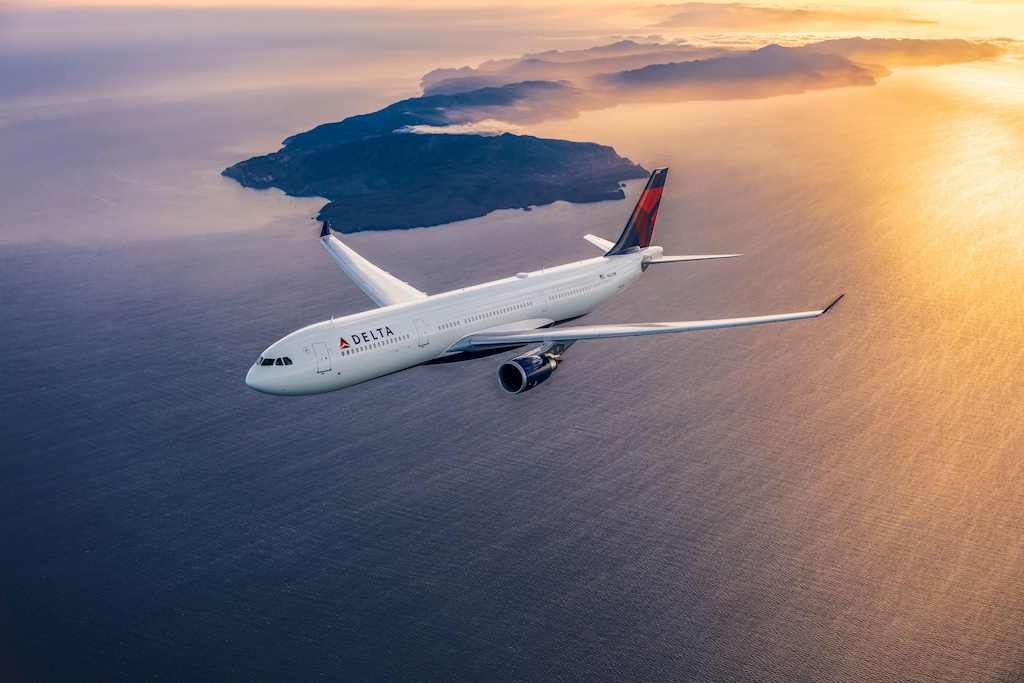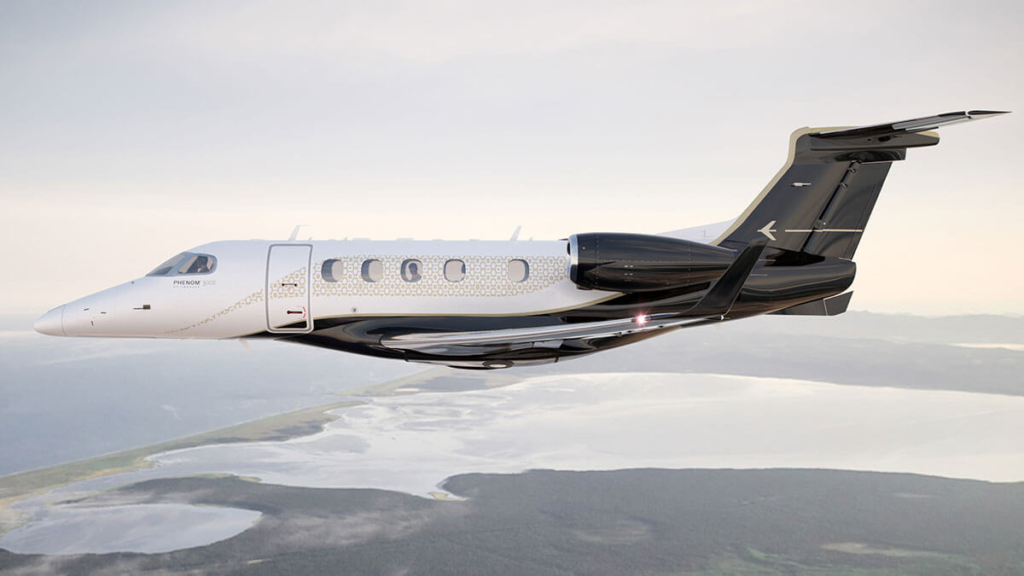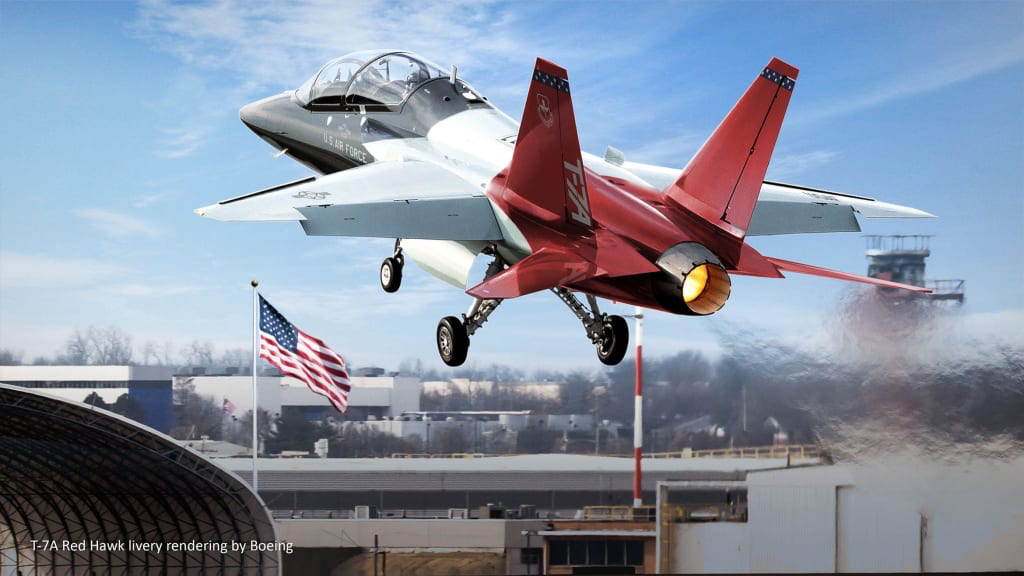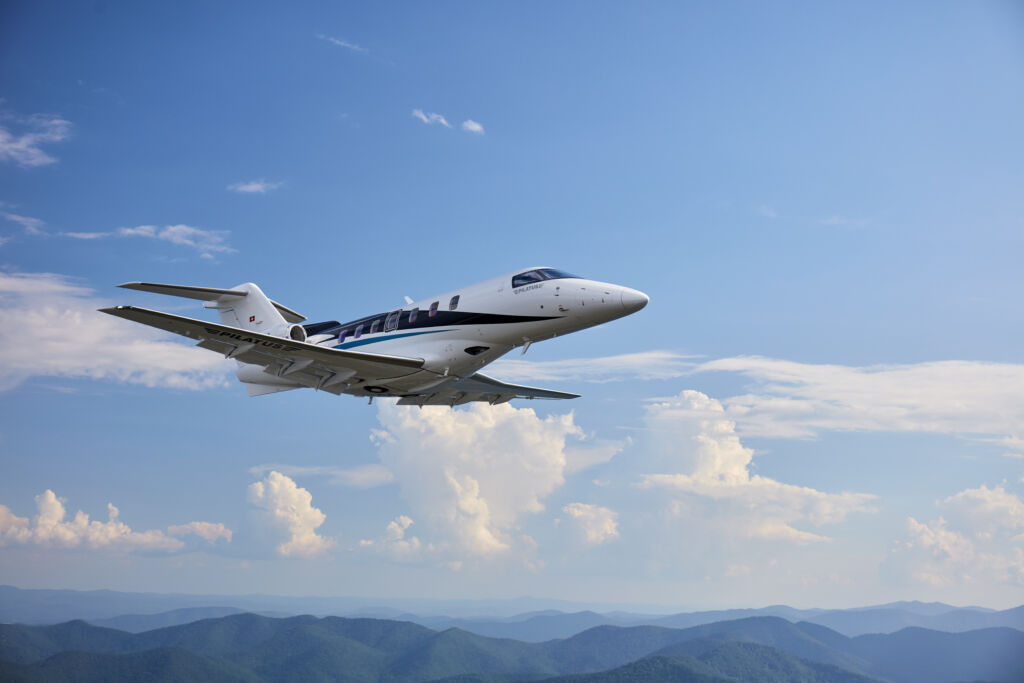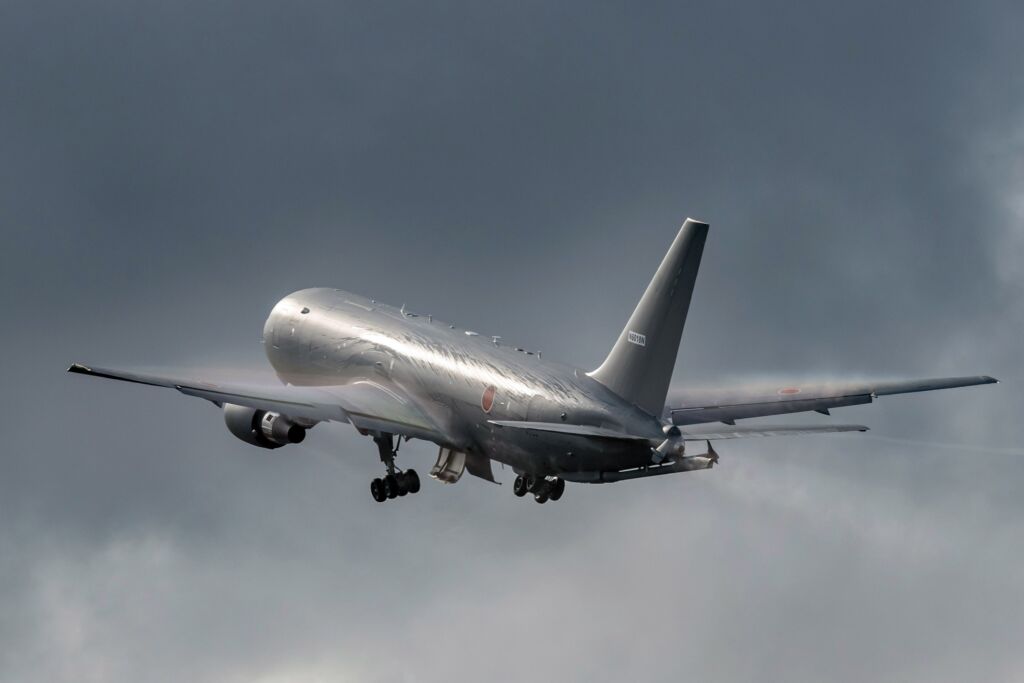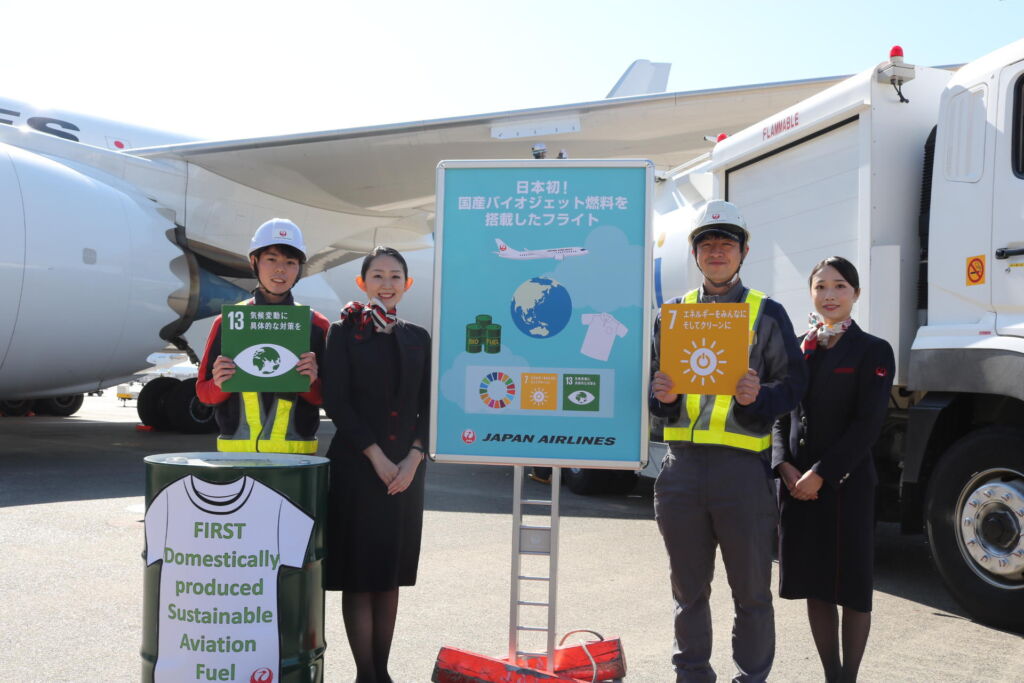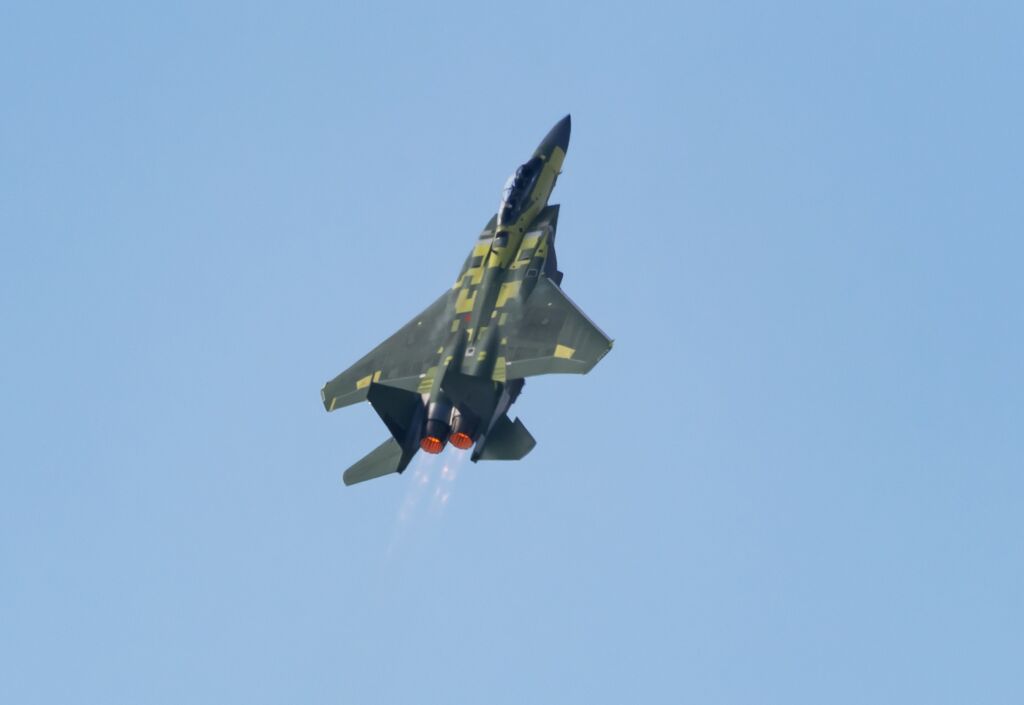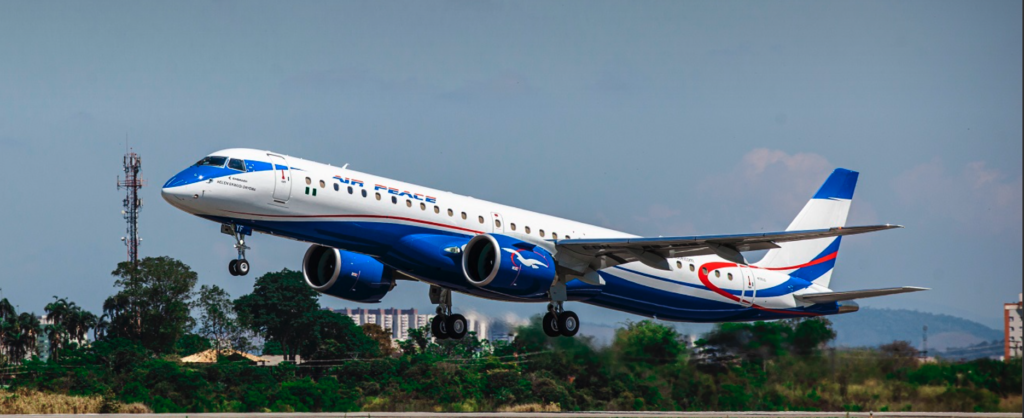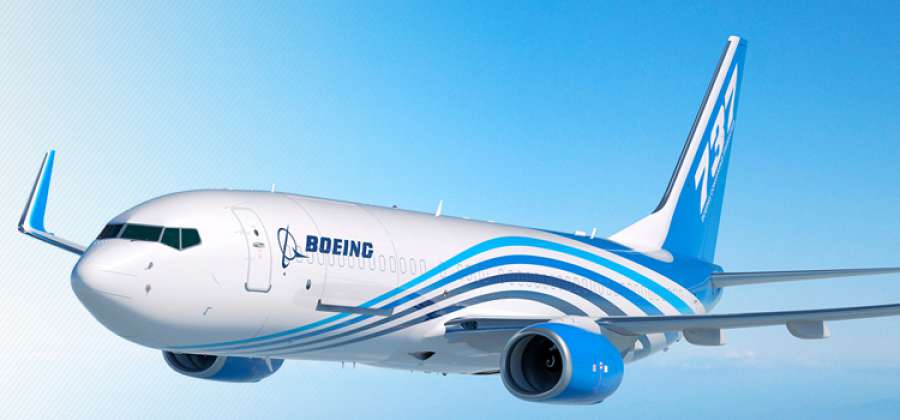Delta and Deloitte to Reduce Carbon Emissions Via Sustainable Fuel Agreement
Delta Air Lines (NYSE: DAL) and Deloitte have moved one step closer to sustainable business air travel. The sustainable aviation fuel (SAF) agreement they have committed to covers a portion of Deloitte’s business travel needs.…
